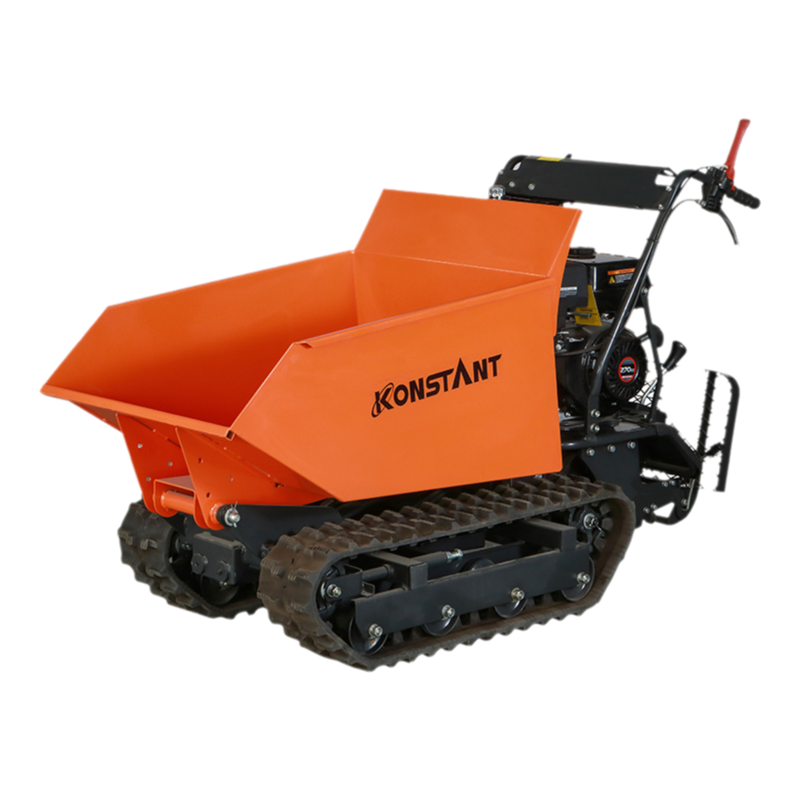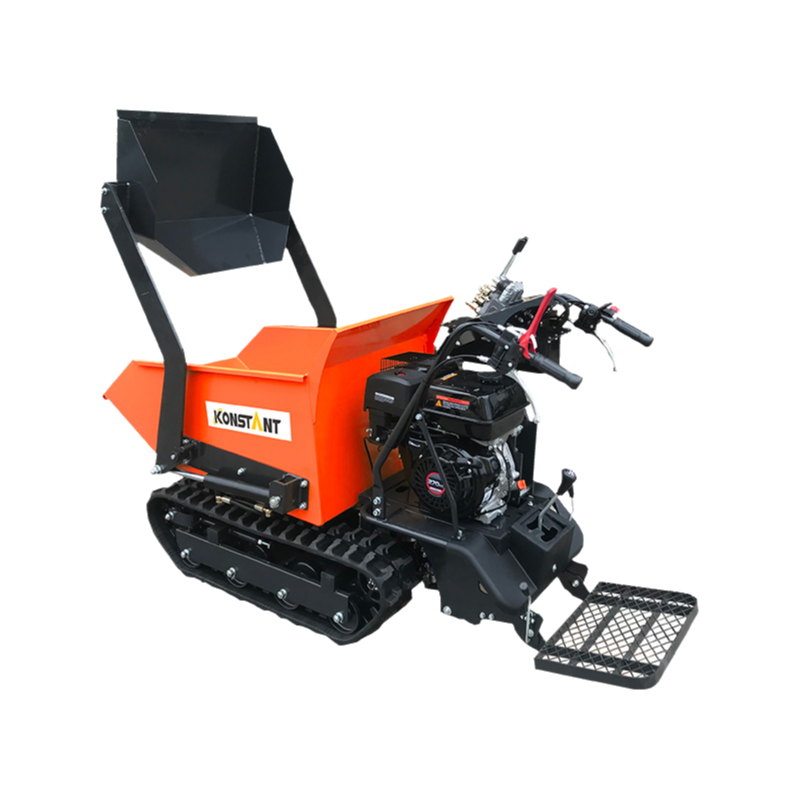Provide you with the latest enterprise and industry news
What are the ideal applications for Mini Dumpers?
Posted by Admin
Where Mini Dumpers are suitable for:
1. Construction Sites
The compact design allows for easy maneuvering through narrow foundation pits and inter-floor corridors, quickly handling bulk materials such as sand, gravel, and broken bricks.
The maintenance-free lead-acid battery provides long-lasting battery life, reducing downtime for on-site battery replacements.
2. Landscaping and Municipal Maintenance
The low-speed, high-torque permanent magnet brushless motor provides smooth operation, making it suitable for handling soil, fertilizer, and garden tools.
The motor's simple structure and brushless design reduce maintenance frequency, meeting the reliability requirements of landscaping and maintenance.
3. Road Maintenance and Obstacle Removal
With its strong gradeability, it can handle materials such as gravel and asphalt on unpaved or slightly muddy roads.
The maintenance-free battery maintains stable discharge in both high and low temperatures, ensuring long-term, uninterrupted operation.
4. Warehousing and Logistics and Small-Scale Transportation
The vehicle's dimensions are ideal for warehouse aisles, and when combined with a four-wheel drive or tracked chassis, it enables precise positioning on uneven warehouse surfaces.
The brushless motor provides fast response, and when combined with the electronic control system, it enables precise loading and unloading operations.
How do the Mini Dumpers' tires and drive mode (four-wheel drive, tracked) affect their off-road capabilities?
The Impact of Tires and Drive Mode (four-wheel drive, tracked) on Off-Road Capability
1. Four-wheel Drive Improves Traction
Dual-motor four-wheel drive distributes torque between the front and rear wheels, significantly improving traction on low-grip surfaces like mud and gravel.
The four-wheel drive with electronic locking amplifies torque at low speeds, enabling "hardcore" off-road performance.
2. Terrain Adaptability of Tracked Chassis
The track structure increases the contact patch and reduces pressure per unit area, enabling excellent maneuverability in soft mud, snow, and even shallow water.
Research has shown that energy loss models for tracked vehicles in off-road conditions can help optimize shifting strategies and improve power utilization.
3. Tire Specifications and Off-Road Performance
Wider, deep-tread tires provide greater grip and are suitable for gravel roads and mild slopes.
With pneumatic tires, tire pressure can be adjusted based on surface hardness to balance comfort and off-road grip.
4. Balancing Drive Mode with Maintenance Costs
The four-wheel drive system has a relatively simple structure and low repair and replacement costs, making it suitable for maintenance-conscious projects.
While track systems offer significant advantages in extreme off-roading, maintenance tasks such as chain tensioning and track replacement are relatively complex and require regular inspection.

 English
English русский
русский Français
Français Español
Español Deutsch
Deutsch















